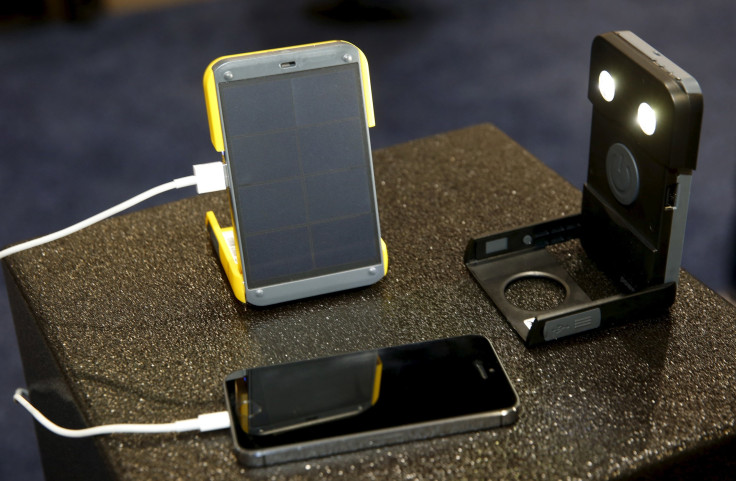Phone Battery Dying Could Be History With This Prototype That Doesn't Need One

Ever wondered what you could do with your smartphone if it stopped perennially running out of battery? Ever suffered from a smartphone running out of battery, when you needed the most? If you have, a new prototype, which can function without a battery, might be a solution to your troubles.
A research team from the University of Washington at Seattle has developed a prototype Android smartphone, which can harvest ambient energy from its surroundings instead of being powered by a battery.
Read: Smartphones Reduce Your Brain Power, Even When They're Off And You're Not Using Them
"If you had to pick one device to make battery-free, what would you pick? A cell phone is one of the most useful objects there is. Now imagine if your battery ran out and you could still send texts and make calls," Joshua Smith, a computer science and electrical engineering researcher, who worked on the project told Wired Wednesday.
Simply put, this device will draw energy from air instead of being powered by a lithium-ion battery.
The device, developed by the research team headed by research associate Vamsi Tella converts radio, TV and Wi-Fi signals in the form of radio waves into energy to power the phone. It is basically a large-scale model of a World War 2-era technology made by the Soviet Union for spying.
It uses an analog backscatter, an instrument that converts radio waves into energy. But, the energy generated using this technique is lesser than 800 miliwatts, which is what you need on a regular smartphone to make a call. To power the prototype using low amounts of energy, the team actually lowered the amount of energy its prototype needs.
Its backscatter reflects incoming radio waves to communicate with other devices. It uses analog signals instead of digital ones to let the user dial a number. The device is currently powered by a base station, which not only converts, but also stores such energy. Currently, the device can only operate with a 15-meter radius of the base station. But a commercial model of the phone will work using such converters, which generate the radio frequency needed by the device and can be fit into the existing phone towers and Wi-Fi routers.
"Real cell towers have a hundred times as much power, and would increase the range to perhaps a kilometer," Talla told Wired.
This means, that if you are in vicinity of a cellphone tower, you needn’t worry about your smartphone battery.
The team is working on improving the current prototype, which consists of a keypad, mounted on a circuit board with an LED and has promised to add an E-ink display for text messages on the next prototype.
Read: Who Is Andy Rubin? Creator Of New Essential Android Phone Has Extensive Smartphone History
While the technology is still far from commercial-scale realization, if it picks up, it might turn smartphone technology, as we know it today, on its head. While companies such as Samsung and Google are luring customers with the promise of fast charging, which charges a battery in an hour, this new technology might have the ultimate solution to battery issues. What’s more, it might also make smartphones safer, and we may not have to fear incidents such as the Samsung Galaxy Note 7 explosions last year.
© Copyright IBTimes 2025. All rights reserved.



















